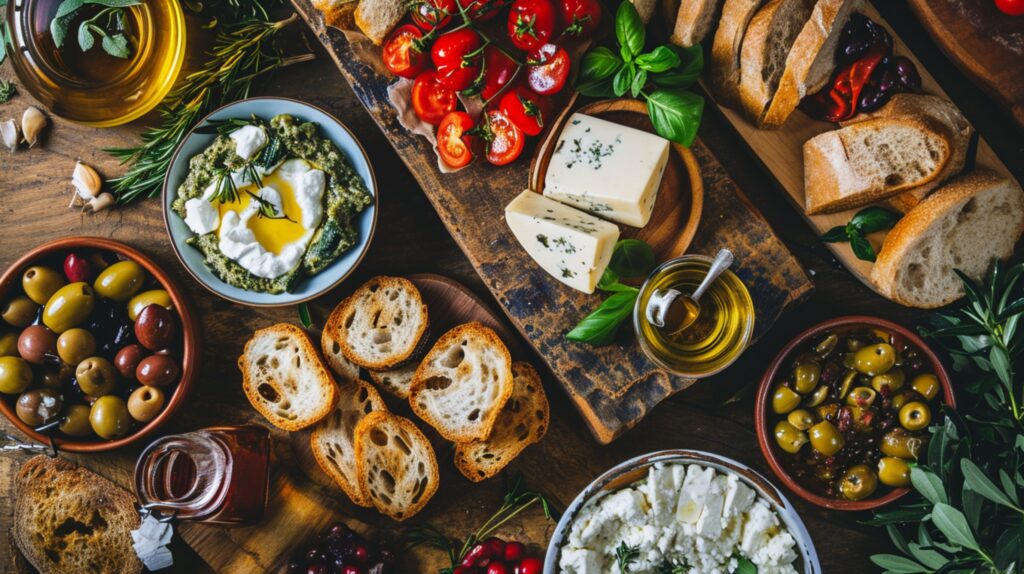
You know what they say – there’s no cuisine like Italian cuisine. It’s one of the most popular, beloved, and appreciated gastronomies in the world – and for good reason!
It all started with the Roman Empire more than 2,000 years ago. Some experts date it back as far as the 4th century BC, but we can confirm it as far back as the 1st century BC – thanks to the discovery of a cookbook (titled Apicius) from that time period.
In Ancient Rome, the ruling classes preferred roasted game, fish, and wine, while the peasants primarily ate bread, olive oil, cheese, and vegetables (whatever was in season at that time).
But things started to change when the Roman Empire fell in the 5th century AD. Italy as we know it today was divided into 20 or so smaller regions – each with its own, unique cultural and nutritional identity.
That’s when authentic Italian cuisine started taking form.
Milan was known for its risotto, Naples for its pizza, Bologna for its tortellini, Sicily for its spaghetti – the list goes on. These foods are what we now consider traditional Italian cuisine – the best of the best!
Whether you’re new to the wonderful world of Italian food or are looking to learn a little more about what it has to offer, we’re going to detail everything you need to know about gastronomy in Italy.

Common Ingredients Used in Italian Cuisine
Traditional Italian cuisine is simple by design. Most Italian dishes don’t include a lot of ingredients but rather focus on the quality, freshness, and seasonality of those ingredients.
Those who know good Italian cooking know what those ingredients are, but let’s take a look at six of the most important ones – for those who are new to this:
- Extra Virgin Olive Oil – you can think of olive oil (extra virgin, of course) as the heart of Italian culture. It’s used as a garnish (on practically anything), dressing (drizzled over a salad), or dip (for Italian bread).
- Garlic – a strong majority of Italian dishes call for garlic, but it was traditionally used by poor people as a way of making ‘bad food’ taste a little bit better. Still, it adds a heaping of flavor!
- Pasta – Italians were eating pasta as far back as the 12th century. It consists of a combination of durum wheat semolina and water, but flour is sometimes added when making fresh pasta.
- Tomatoes – contrary to popular belief, tomatoes didn’t make their arrival in Italian cuisine until the 16th century. Today, tomato sauce is used in practically every Italian dish you’ll ever eat.
- Basil – one of the most prominent seasonings/garnishings in Italy, basil is somewhat of a cultural symbol for the country. It compliments tomatoes, mozzarella, olive oil, and garlic well.
- Cheese – you’ll find hard cheeses (like Parmigiano-Reggiano and Pecorino cheese) grated over salads and/or pasta (parmesan cheese), or soft cheeses (like mozzarella or burrata) for pizza and lasagna.
As far as beverages go, it depends on the time of day. Most Italians like to start their day with a coffee, espresso, or cappuccino, but those who don’t drink coffee often opt for tea.
For lunch and dinner, Italians prefer wine over a beer or cocktail. If they’re not drinking wine, they’re likely drinking water – most places will only serve wine or water during these hours.

Understanding an Italian Menu
Going to an authentic Italian restaurant is a treat, especially for those with a good palate, but it can be a little intimidating if you don’t know how to read a menu – which is vital to knowing what and when to order.
One thing that a lot of people aren’t prepared for is some of the words found on the menu – most of them are in Italian. You won’t find ‘appetizers’ or ‘entree’ on the menu, but you’ll see the following:
Antipasti. This is your appetizer – small, bite-sized foods to eat before your meal. Some popular antipasti options include bruschetta, pickled or fried vegetables, olives, or the house special (antipasto della casa).
Primi. The first course of what’s generally a two-course meal. Most restaurants and families serve some type of pasta with a meat sauce, risotto, stuffed pasta, or soup, though the exact type often depends on what Italian region you’re in.

Secondi. The second course – this is where the meats come into the equation. pollo (chicken), bistecca (steak), manzo (beef), agnello (lamb), arrosto (roast), gamberi (shrimp), salmone (salmon), you name it!
Contorni. It wouldn’t be a meal if it didn’t have sides – or contorni in Italian. The three most prominent options for sides include a green salad, sautéed or grilled fresh vegetables, or roasted potatoes.
Dolci. When you’ve finished your second course, don’t get up and leave – you still have dessert! You won’t want to miss out on all the gelato, tiramisù, cannolis, panna cotta, and various cakes and pies.
If you’re looking for beverages, look for the ‘Bevande’ section – which is Italian for ‘drinks.’ This is where you’ll find ‘vino’ (or wine), caffè (coffee), and either still water (naturaleor liscia) or sparkling water (frizzante or gassata). They also have ‘digestivo,’ which are Italian bitters to help improve digestion.

Can You Fuse Italian Food With Mexican Cuisine?
With a good chef, you can fuse any type of food with any culture – Italian and Mexican cuisine is no different! In fact, when done right, a Mexican-Italian dish might be just what you were missing in life.
Trust us – we literally created an entire restaurant around that same idea, and gave it that ‘Old Las Vegas’ treatment.
Il Toro E La Capra is a Mexican-Italian restaurant spearheaded by Javier Barajas – who was inspired by his family from Michoacan (Mexico), his love for Italy and Italian food, and his obsession with Old Las Vegas. Il Toro utilizes fresh Mexican ingredients to provide a spicy take on your favorite Italian dishes.
From fresh tomato sauce to spicy tomato sauce — your taste buds are going to appreciate the treat.
Our restaurant is located down the street from Mandalay Bay and Allegiant Stadium – you can find us at 6435 S Decatur Blvd. in the heart of Las Vegas. Book your reservation today by calling us at (702) 331-6090 – we can’t wait to serve you!

